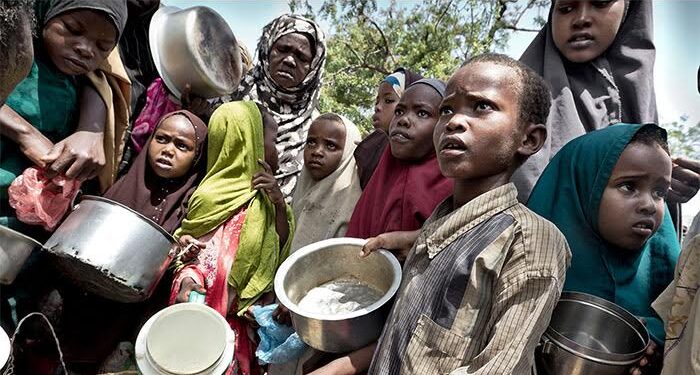
The United Nations World Food Programme (WFP) has raised a serious alarm, warning that over 52 million people in West and Central Africa could face hunger between June and August 2025. This distressing figure marks a major food crisis driven by multiple challenges confronting the region.
According to the latest WFP analysis, 36 million people are already struggling to meet their basic nutritional needs. The situation has been worsened by conflict, mass displacement, economic hardship, and repeated extreme weather events, creating what experts describe as an unprecedented emergency.
Among the hardest-hit populations, nearly three million people are facing emergency levels of hunger, with 2,600 individuals in Mali said to be on the brink of catastrophic hunger.
Despite the staggering levels of need, resources are alarmingly limited. WFP’s Regional Director for West and Central Africa, Margot van der Velden, issued a stark warning:
“Without immediate funding, WFP will be forced to scale down even further — reducing both the number of people we can reach and the size of food rations.”
Food Insecurity in the Sahel: A Rapidly Growing Crisis
The Sahel region is one of the worst affected. In 2019, just 4% of the population was food insecure. Today, that number has jumped to 30%. WFP senior research adviser Ollo Sib, speaking from Dakar, described the situation as “extremely difficult and dire.”
Sib, who visited communities in northern Ghana, witnessed firsthand the devastating effects of prolonged drought.
“Many farmers had to replant two to three times due to failed crops, while high fertilizer and seed prices added to their financial burden,” he said.
In northern Mali, people are experiencing the most severe food crisis in the region. Sib reported that pastoralist elders, who usually sell livestock to buy cereals, are now struggling. Food prices have surged by 50% compared to the five-year average, and access to markets has been restricted due to insecurity.
Conflict and Displacement Fueling Hunger
The WFP identified conflict as a leading factor behind worsening hunger. Over 10 million people have been displaced — including more than two million refugees and asylum seekers in Chad, Cameroon, Mauritania, and Niger. Additionally, eight million people have been internally displaced, especially in Nigeria and Cameroon.
Soaring food and fuel prices, combined with extreme climate events, have driven food inflation to new highs, making basic meals unaffordable for many families.
WFP’s Urgent Appeal and Long-Term Response
The WFP is seeking $710 million in funding to support life-saving operations through October 2025, with a goal to assist nearly 12 million people. So far, about three million people — including refugees, malnourished children, and pregnant or breastfeeding women — have received critical support.
However, without immediate intervention, up to five million people risk losing access to this essential aid.
The agency is also urging governments and partners to invest in sustainable, long-term solutions. Since 2018, the WFP has worked with local authorities to rehabilitate over 300,000 hectares of land, positively impacting more than four million people across 3,400 villages.
